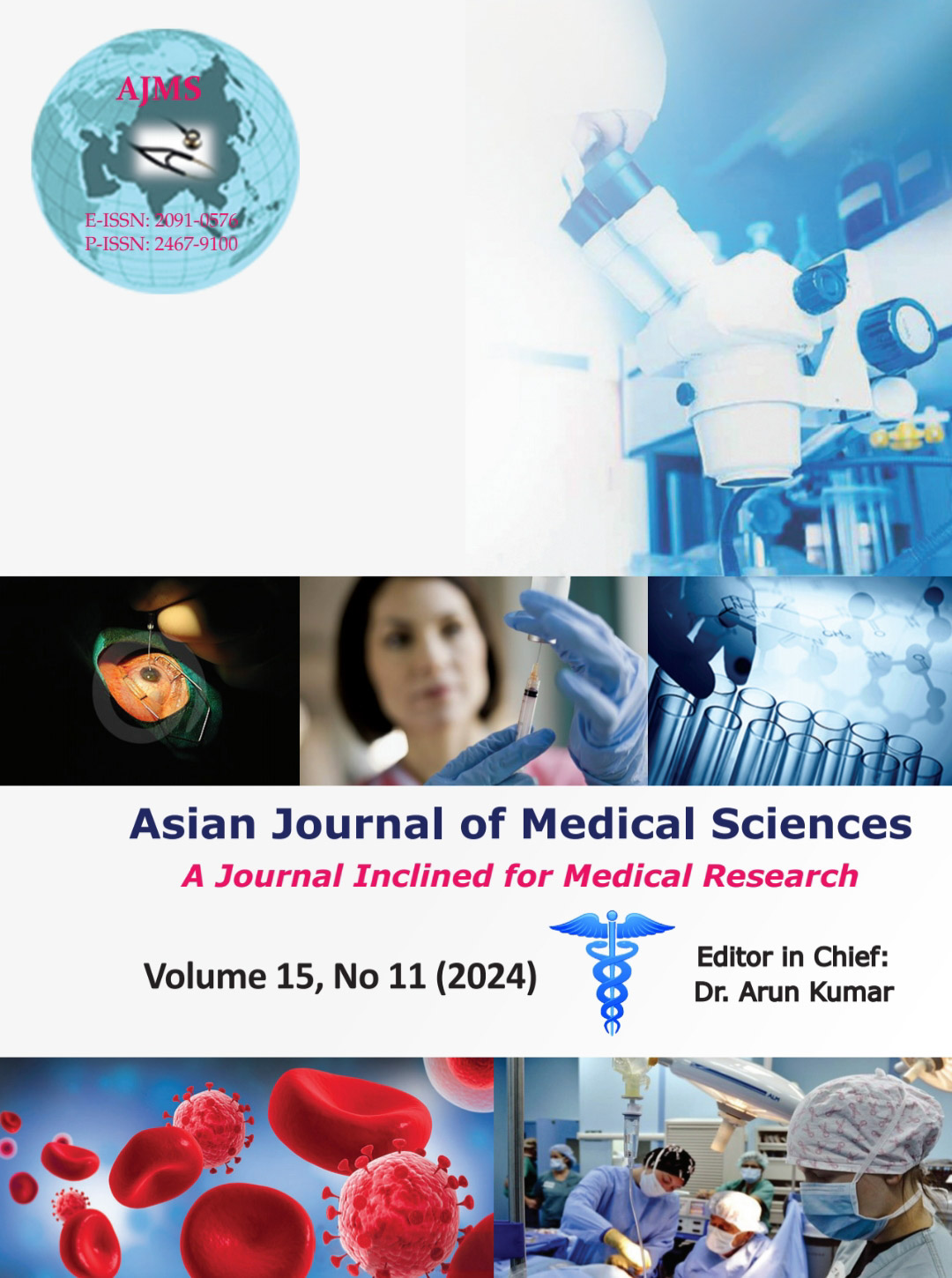Comparison of transanal Hemorrhoidopexy versus laser hemorrhoidoplasty with digital-guided hemorrhoidal artery ligation
Keywords:
Doppler-guided ligation; Hemorrhoids; Laser hemorrhoidoplasty; Transanal hemorrhoidosuturopexyAbstract
Background: Hemorrhoids are a common proctological disease that affects the quality of life in the patient population to a great extent. Nearly 4.4–36% of population is affected by hemorrhoids. The symptoms of hemorrhoids vary from painless bleeding to embarrassing and painful prolapsing mass.
Aims and Objectives: Comparison of transanal hemorrhoidopexy versus laser hemorrhoidoplasty with digital-guided hemorrhoidal artery ligation in treatment of grade III and grade IV hemorrhoids.
Materials and Methods: The study was conducted on 50 cases of transanal hemorrhoidopexy and 50 cases laser hemorrhoidoplasty in Maharani Laxmi Bai Medical College, Jhansi between January 2021 and June 2022.
Results: Out of 50 cases of transanal hemorrhoidopexy, post-operative pain at 6 h was 2.02±0.795, at 12 h was 4.86±0.606, and at 24 h was 2.36±0.525 and 50 cases of laser hemorrhoidoplasty with Doppler-guided hemorrhoidal artery ligation (DGHAL) at 6 h was 1.1±0.303, at 12 h was 1.78±0.648, and at 24 h was 108±0.274. Mean hospital stay was 2.28±0.573 days in transanal hemorrhoidopexy and 1.12±0.328 days in laser hemorrhoidoplasty with DGHAL. Mean return to work in transanal hemorrhoidopexy was 7.422±1.071 days and in laser hemorrhoidoplasty with DGHAL was 3.2±0.80 days.
Conclusion: Laser hemorrhoidoplasty with digital-guided hemorrhoidal artery ligation procedure significantly reduced duration of hospital stay, duration of return to work, and post-operative pain as compared to open transanal hemorrhoidopexy.
Downloads
Downloads
Published
How to Cite
Issue
Section
License
Copyright (c) 2024 Asian Journal of Medical Sciences

This work is licensed under a Creative Commons Attribution-NonCommercial 4.0 International License.
Authors who publish with this journal agree to the following terms:
- The journal holds copyright and publishes the work under a Creative Commons CC-BY-NC license that permits use, distribution and reprduction in any medium, provided the original work is properly cited and is not used for commercial purposes. The journal should be recognised as the original publisher of this work.
- Authors are able to enter into separate, additional contractual arrangements for the non-exclusive distribution of the journal's published version of the work (e.g., post it to an institutional repository or publish it in a book), with an acknowledgement of its initial publication in this journal.
- Authors are permitted and encouraged to post their work online (e.g., in institutional repositories or on their website) prior to and during the submission process, as it can lead to productive exchanges, as well as earlier and greater citation of published work (See The Effect of Open Access).




